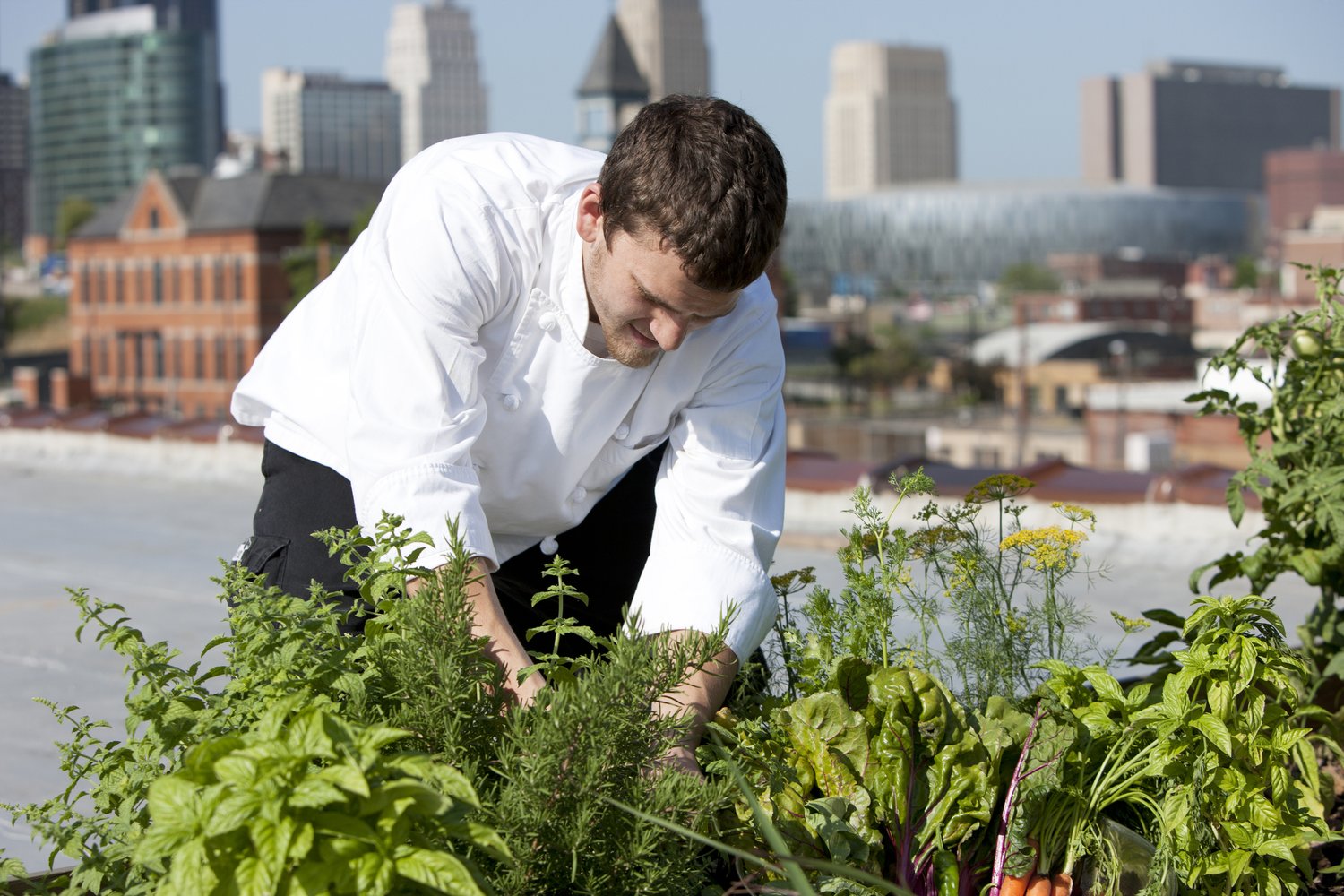All About City Blooming
All About City Blooming
Blog Article
What Does City Blooming Do?
Table of ContentsSee This Report on City BloomingWhat Does City Blooming Do?All about City BloomingThe Ultimate Guide To City BloomingThings about City Blooming
Interested in expanding food for sale in the City of Chicago? Below is a checklist of regularly asked questions relating to the guidelines and laws that farmers ought to take into consideration when intending a metropolitan agriculture project.
The zoning modification does not customize any kind of other codes taking care of composting, building authorizations, acquiring or leasing City possessed residential property, service licenses or environmental contamination. There are existing codes that regulate these issues and they remain completely impact and may apply to your job. Area gardens are typically had or taken care of by public entities, civic companies or community-based organizations and kept by volunteers.
Urban farms expand food that is intended to be sold, either on a not-for-profit or for-profit basis. As a result of their industrial objective, city farms need a company certificate. Yes. A neighborhood yard is permitted to sell surplus produce that was grown on site if the sales are accessory or subservient to the yard's primary objective described over.
The 7-Second Trick For City Blooming
Composting is permitted yet just for plant product that is produced and used on website. The amount of compost product can not surpass 25 cubic lawns at any given time according to the standards in 7-28-715 of the City's Municipal Code. Yes. Because the dirt at the majority of new yard websites needs amending, compost, soil, timber chips, or other materials can be gotten to construct or boost the growing space - landscaping.

If a structure permit is required after that the hoophouse will be thought about an accessory structure. You can discover more about the building authorization requirements by contacting the Division of Buildings. The 25,000-square-foot dimension limit is planned to avoid a single community yard from controling an offered block or taking away from the block's existing residential or business personality.
The restriction does not apply to gardens found in Public Open Space (POS) districts. Can there be more than one neighborhood yard that is 25,000 square feet on a single block? Fence is not called for, however, yards that have large car park areas might be required to set up fencing or various other landscape design functions.
Some Of City Blooming
B1 & B2 districts require that all commercial usage tasks be performed inside your home. Is fence needed for metropolitan farms? Fencings may be called for, along with landscape design and testing, for specific vehicle parking areas and exterior job or storage locations depending on location and the specific task taking location.
Yes. Urban ranches need structure permits and zoning approvals before building. Other kinds of city evaluation might be needed relying on details structures, activities, size, landscape design, licensing, public health and stormwater monitoring issues. A lot of these needs are determined in the project design or allowing procedure, nevertheless, the candidate may be liable to individually recognize details licenses or permits that might be called for.
Yes. The type of permit is determined by what is happening at the site. The Department of Service Matters and Consumer Protection can help figure out the details type of service permit that's needed. Yes. Off street auto parking is needed for a lot of click to read industrial tasks in Chicago. The called for number of garage is based on the number of staff members dealing with site and not the square video of the growing area.
Some Ideas on City Blooming You Should Know

A city ranch can sell compost product generated on site, however, the operation needs to conform with the laws in 7-28-715 of the Chicago Municipal Code. Aquaponic systems are enabled inside on urban ranches in many zoning areas.
As much as 5 hives or colonies of honey may be kept as an accessory use. Beekeepers have to register with the Illinois Department of Agriculture. For more details about the suggested zoning change you may speak to the Division of Real Estate and Economic Development, Bureau of Preparation and Zoning at 312.744.8563.
Farming in cities and city areas An urban farm in Chicago. Urban agriculture describes numerous techniques of growing. https://fliphtml5.com/homepage/tkxth/cityblooming/, processing, and distributing food in city areas. The term likewise relates to the area activities of animal husbandry, tank farming, beekeeping, and cultivation in an urban context. Urban farming is identified from peri-urban agriculture, which takes place in rural locations at the edge of residential areas.
City Blooming - The Facts
, that seek to develop social networks founded on a common ethos of nature and area holism. These networks can establish by method of formal institutional support, ending up being integrated into neighborhood town planning as a "change community" motion for sustainable metropolitan development.
Some of the first proof of metropolitan farming comes from Mesopotamia.
Report this page